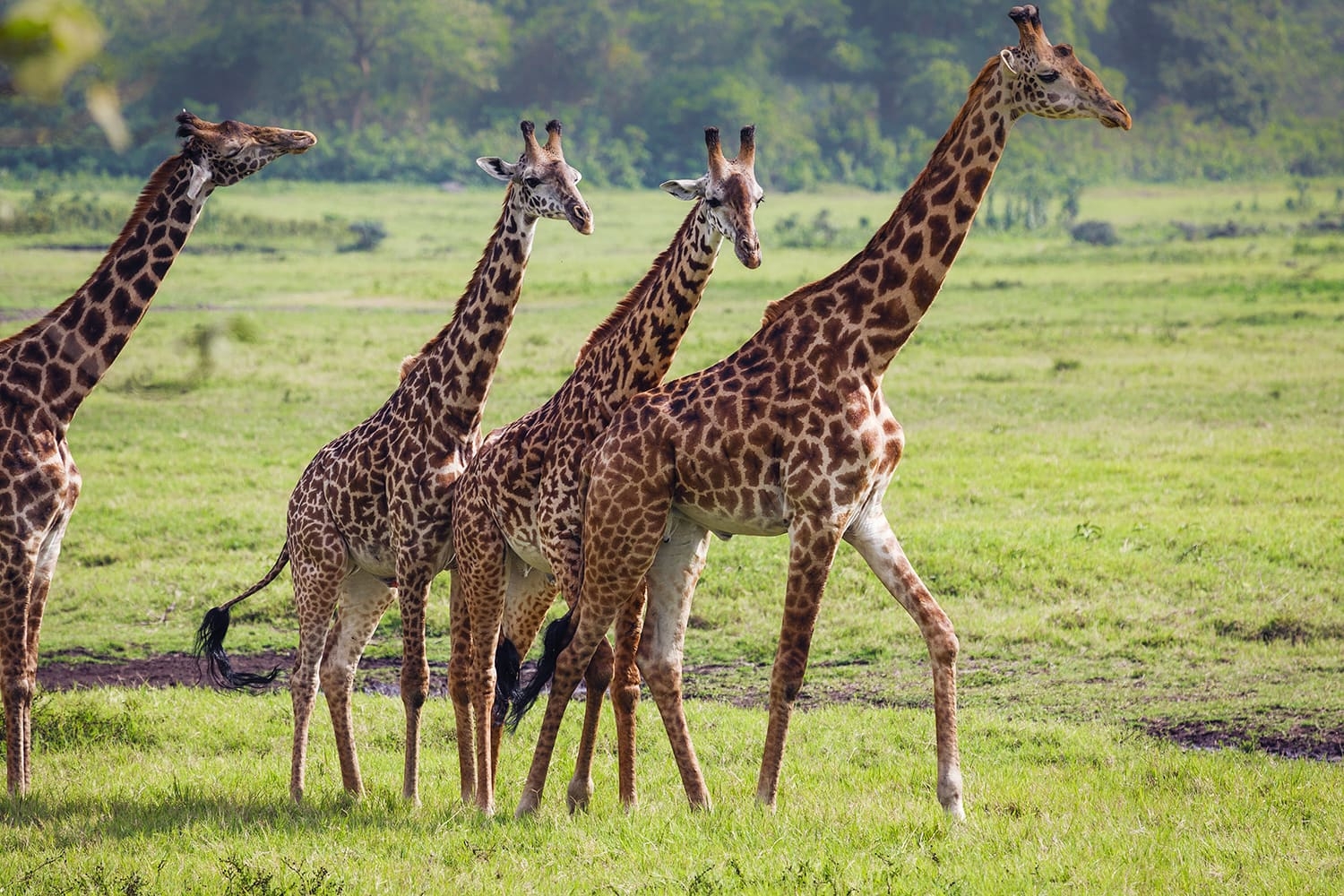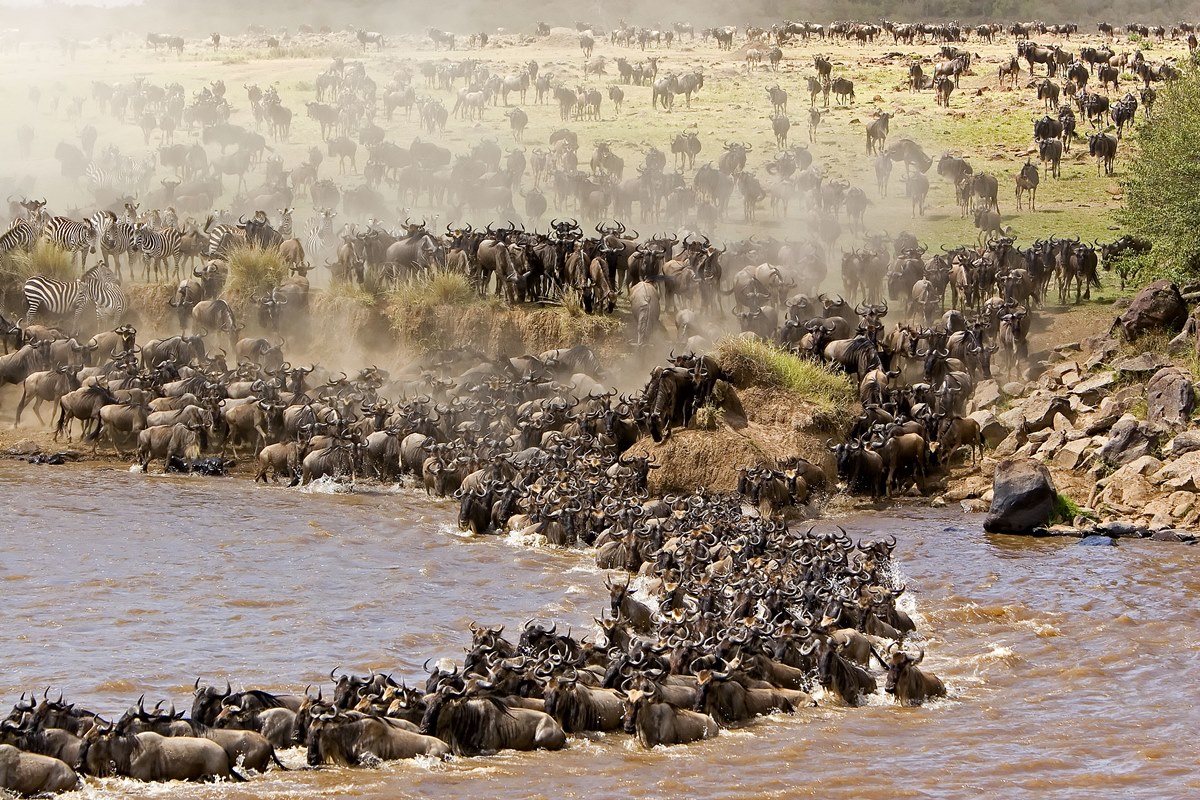Lake Manyara National Park
Park Overview
Lake Manyara National Park is one of Tanzania’s most scenic and diverse protected areas. Nestled at the base of the Great Rift Valley escarpment, the park covers approximately 330 square kilometers, about two-thirds of which is covered by the lake itself during the wet season. It is located in the northern part of Tanzania, roughly 126 kilometers west of Arusha, making it easily accessible for travelers embarking on the popular northern safari circuit. Lake Manyara sits between the towns of Arusha and Karatu and serves as an important ecological corridor for wildlife migrating between Tarangire National Park and the Ngorongoro Conservation Area. The park’s diverse landscape ranges from groundwater forests, open floodplains, acacia woodlands, and hot springs, providing a unique backdrop for incredible wildlife viewing and photography. Due to its compact size and rich biodiversity, Lake Manyara is often visited as a day trip en route to larger parks, but it remains a rewarding destination in its own right.
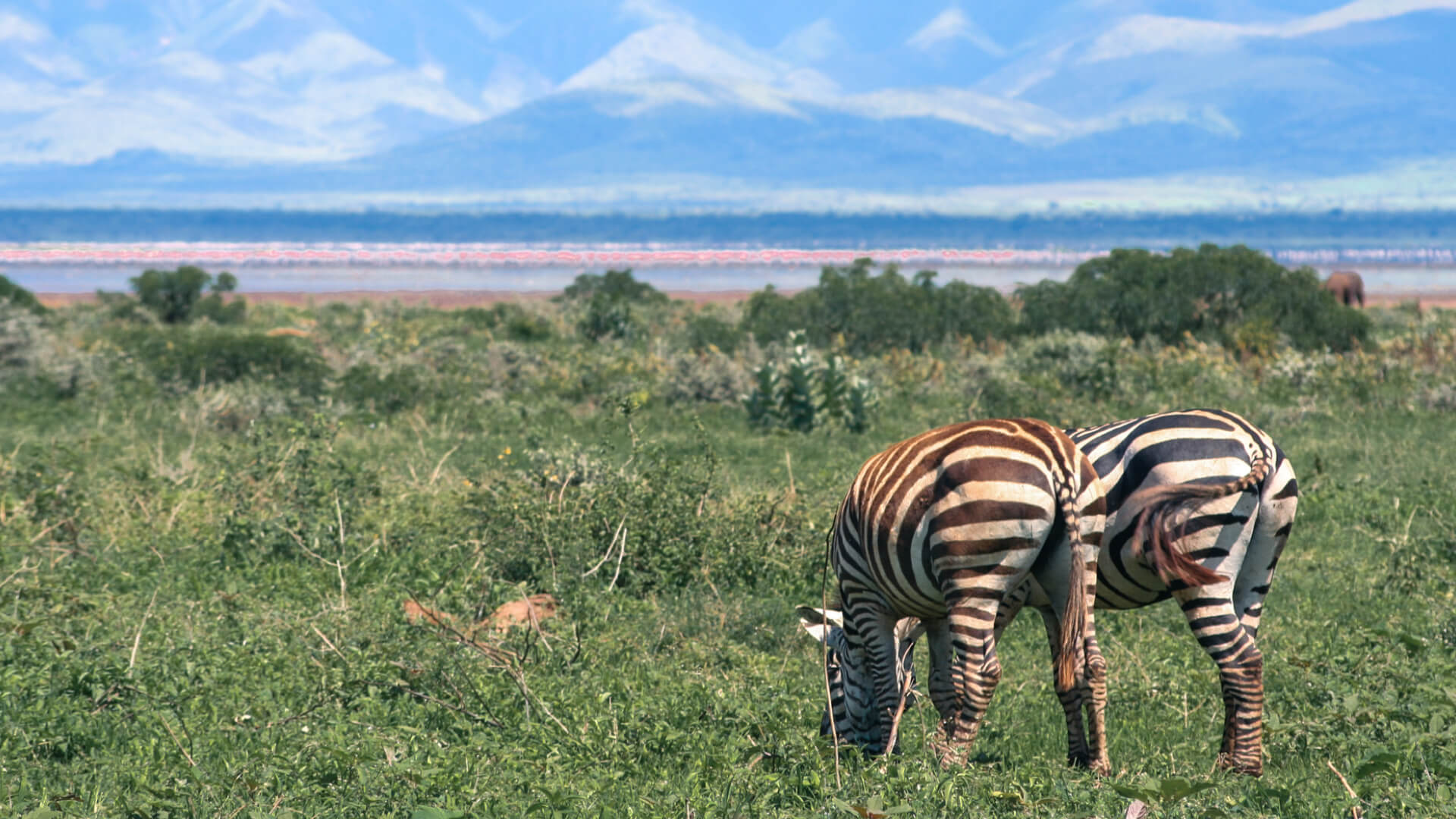
Wildlife
Lake Manyara National Park is renowned for its rich variety of wildlife despite its relatively small size. The park is most famous for its unique population of tree-climbing lions, a rare behavior not commonly witnessed elsewhere in Africa. Elephant herds roam the park freely, often seen in large groups, while buffalo, wildebeest, giraffes, and zebras graze along the grassy floodplains. Primates are abundant, with olive baboons, vervet monkeys, and blue monkeys commonly spotted in the lush forest areas. The park is also home to elusive leopards, spotted hyenas, and bushbucks, offering visitors a strong chance to see a wide array of mammals in their natural habitat. Birdlife is spectacular, with over 400 recorded species. Large flocks of flamingos paint the lake pink during the rainy season, while pelicans, storks, kingfishers, hornbills, and birds of prey thrive year-round. The diversity of habitats in Lake Manyara – from forest to lakeshore – ensures rewarding wildlife viewing for both animal lovers and birdwatchers.
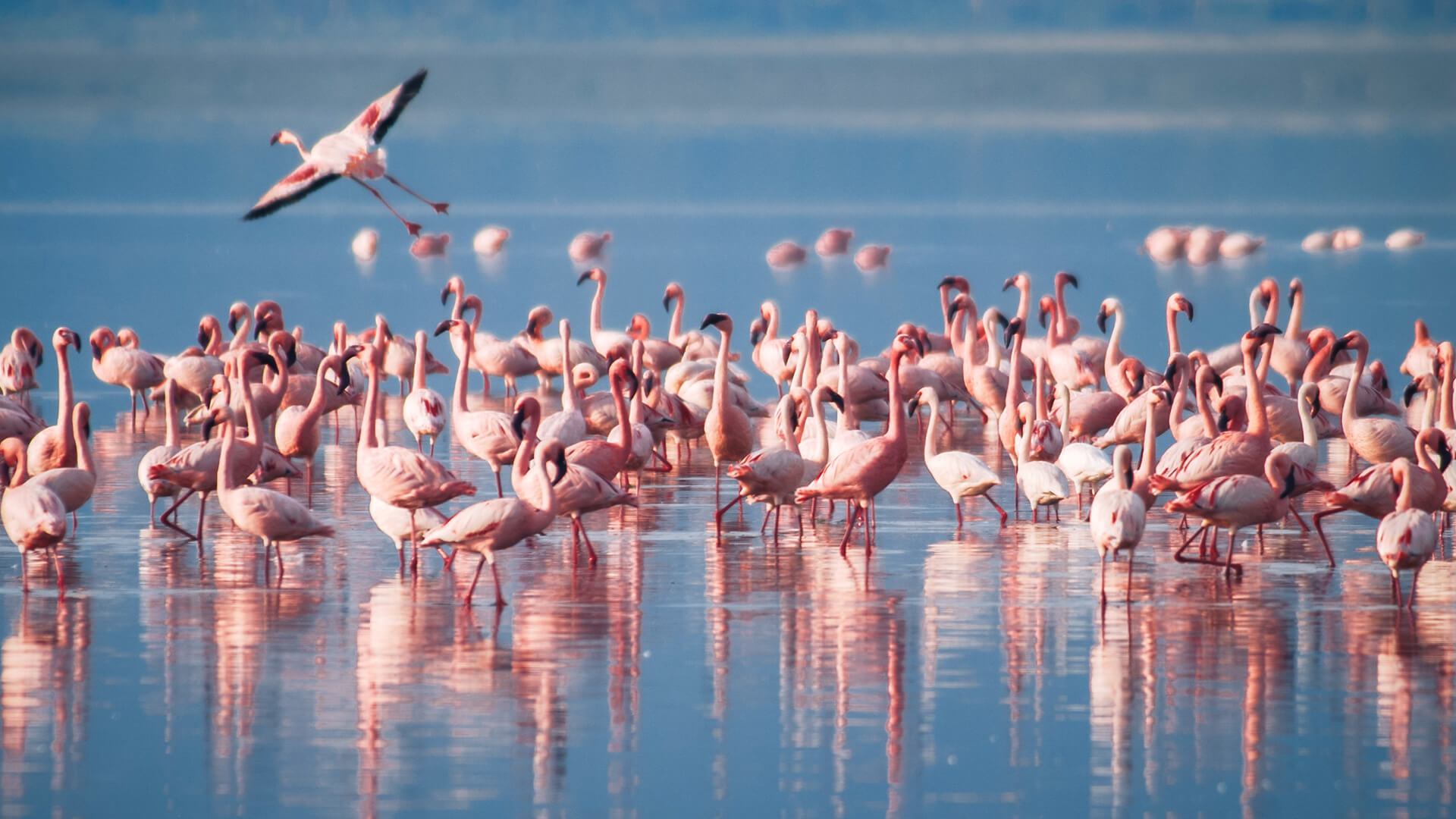
Weather and Climate
Lake Manyara National Park experiences a pleasant climate typical of northern Tanzania, characterized by two main seasons: wet and dry. The long rains occur from March to May, with heavy showers transforming the landscape into a lush green paradise; the short rains are from November to December. During these periods, the lake swells, the forest thickens, and birdlife becomes particularly vibrant. The dry season, stretching from June to October, sees more moderate temperatures and less rainfall, making wildlife easier to spot as animals congregate near water sources. Daytime temperatures throughout the year typically range between 22°C and 30°C (72°F to 86°F), while nights can be cooler, especially from June to August. Humidity is highest during the wet season and drops in the dry months. Visitors should be prepared for sudden weather changes and, during the wet season, expect muddy trails and increased insect activity. The varied climate ensures that Lake Manyara offers a unique experience throughout the year.
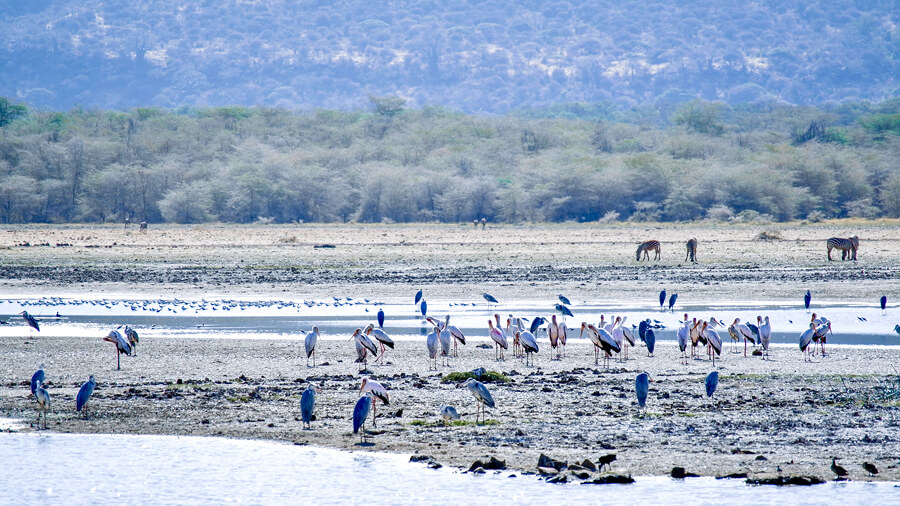
The Best Time to Visit
The best time to visit Lake Manyara National Park is generally during the dry season, from late June to October. During these months, wildlife is easier to observe as animals gather at water sources, including the lake and various streams. The vegetation is less dense, which provides clearer views for photography and game viewing. This season also brings fewer mosquitoes, making it more comfortable for visitors. However, the wet season, from November to May (excluding the very wettest months of March and April), has its own charm. The landscape becomes brilliantly green, waterfalls flow, and migratory birds arrive, including massive flocks of flamingos. For bird enthusiasts, the wet season is ideal, while general safari-goers may prefer the dry months. If you wish to avoid larger crowds, visiting in the shoulder months (May, November) can provide a more exclusive and tranquil experience. Ultimately, Lake Manyara is a year-round destination, with each season offering something special to every traveler.

